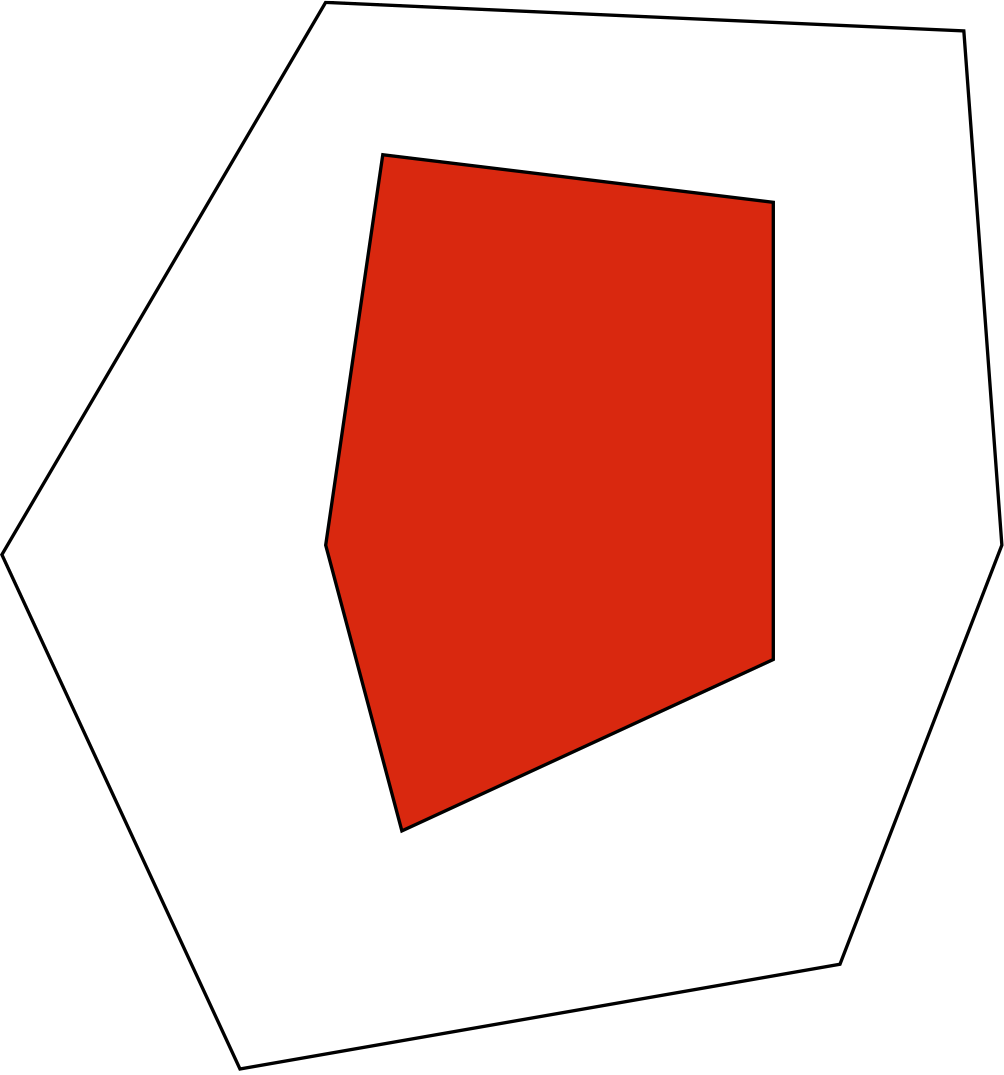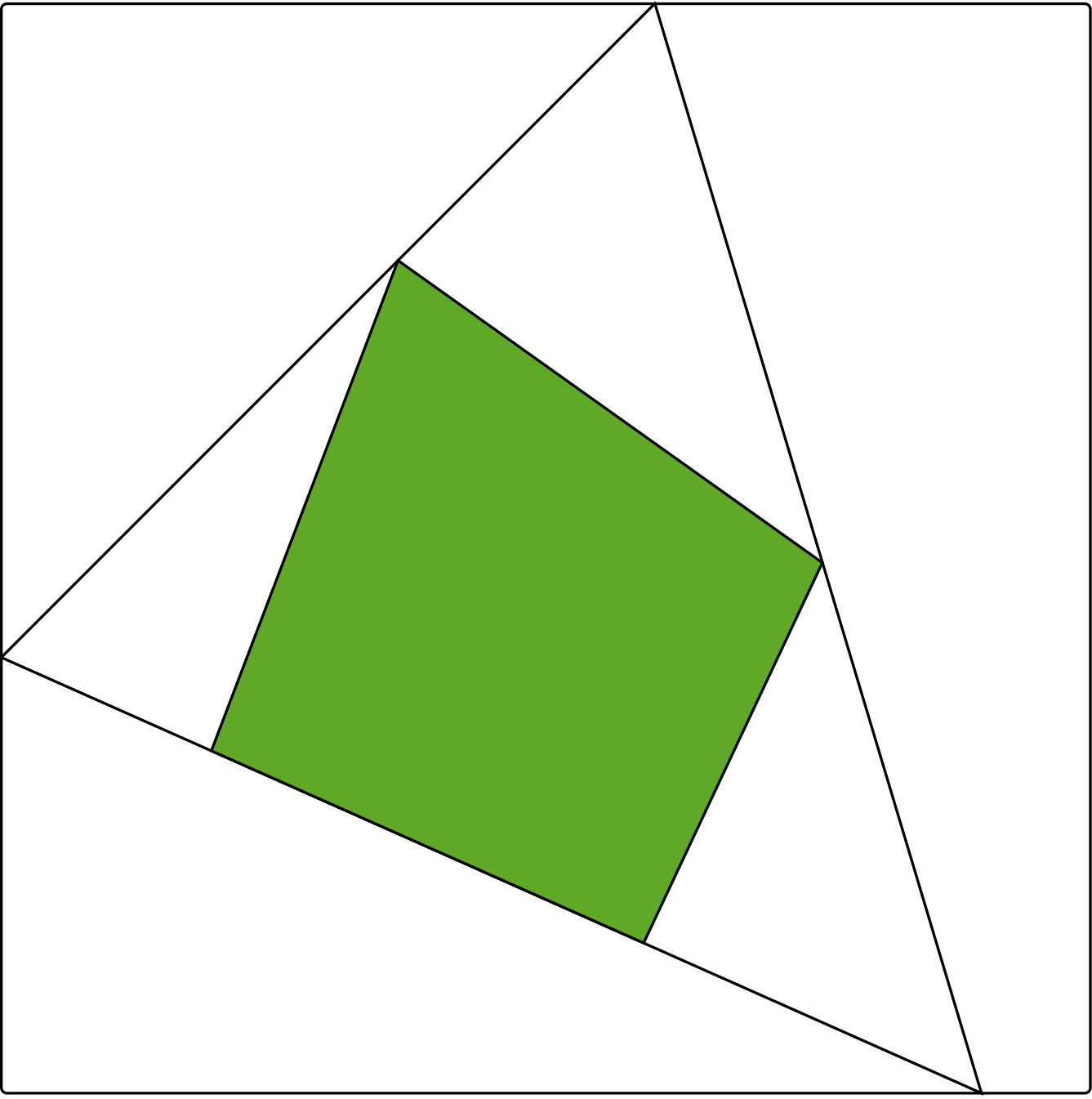The following post is written by Ran Canetti
A bunch of us hapless cryptographers got the following boilerplate comment from the FOCS’15 PC:
Overall, submissions related to multi-linear maps and indistinguishability obfuscation were held to a somewhat higher standard. The PC expressed some concern with the recent flurry of activities pertaining to multi-linear maps and indistinguishability obfuscation, given how little we understand and can say and *prove* about the underlying hardness assumptions.
This comment was clearly written with the best of intentions, to explain views expressed at the PC deliberations. And I’m thankful to it – mainly since it made the underlying misconceptions so explicit that it mandated a response. So, after discussing and commiserating with colleagues here at Simons, and after amusing ourselves with some analogues of above statement (e.g., “results on NP completeness are held to a higher standard given how little we understand and can say and *prove* about the hardness solving SAT in polynomial time”), I decided to try to write an – obviously subjective – account for the recent developments in multilinear maps and indistinguishability obfuscation (IO) and why this exciting research should be embraced and highlighted rather than “held to a somewhat higher standard” — in spite of how little we understand about the underlying assumptions. The account is aimed at the general CS-theorist.
Let me start by giving rough definitions of the concepts involved. An Indistinguishability Obfuscator (IO) is a randomized algorithm O that takes as input a circuit C and outputs a (distribution over) circuits O(C) with the properties that:
- C and O(C) have the same functionality,
- O(C) is only polynomially larger than C,
- for any two same-size, functionally equivalent circuits C and C’ we have that O(C) ~ O(C’) (i.e., the distributions over strings representing O(C) and O(C’) are computationally indistinguishable).
IO has been proposed as a notion of obfuscation in 2000 (Hada, Barak-Goldreich-Impagliazzo-Sahai-Vadhan-Yang). Indeed, it is arguably a clean and appealing notion – in some sense the natural extension of semantic security of standard encryption to “functionality-preserving encryption of programs”. However, it has been largely viewed as too weak to be of real applicability or interest. (There were also no candidate polytime IO schemes, but this in my eyes is a secondary point, see below.)
Things changed dramatically in 2013 when Sahai and Waters demonstrated how IO schemes can be ingeniously combined with other rather “mundane” cryptographic constructs to do some amazing things. Since then dozens of papers came about that extend the SW techniques and apply them to obtain even more amazing things – that by now have transcended crypto and spilled over to other areas. (e.g.: deniable encryption, succinct delegation, succinct multi-party computation with hardly any interaction, one message succinct witness hiding and witness indistinguishable proofs, hash functions with random-oracle-like properties, hardness results for PPAD, and many more). In fact, think about a result in your area that assumes that some computation is done inside a black box – most probably IO can replace that assumption in one way or another…
Still, my (subjective but distinct) feeling is that we are far from understanding the limits and full power of IO. Furthermore, the study of IO has brought with it a whole new toolbox of techniques that are intriguing in their own right, and teach us about the power and limitations of working with “encrypted computations”.
So far I have not mentioned any candidate constructions of IO – and indeed the above study is arguably valuable as a pure study of this amazing concept, even without any candidate constructions. (Paraphrasing Levin on quantum computers, one can take the viewpoint that the above is the study of impossibility results for IO…)
However, unlike quantum computers, here we also have candidate constructions. This is where multilinear maps come to play.
Multi-linear maps are this cool new technical tool (or set of tools) that was recently put forth. (The general concept was proposed by Boneh and Silverberg around 2000, and the first candidate construction of one of the current variants was presented in 2012 by Garg, Gentry and Halevi.) Essentially, a multilinear map scheme is a fully homomorphic encryption scheme where the public key provides, in addition to the ability to encrypt elements and perform homomorphic operations on ciphertexts, also the ability to partially decrypt ciphertexts under certain restrictions. There are many incomparable variants of this general paradigm, which differ both in the functionality provided and in the security guarantees. Indeed, variants appear to be closely tied to candidate constructions. Furthermore, our understanding of what’s possible here has been evolving considerably, with multiple new constructions, attacks, and fixes reported.
Still, the number and variety of applications of multi-linear maps makes it clear that this “family of primitives” is extremely powerful and well worth studying – both at the level of candidate constructions, at the level of finding the “right” computational abstractions, and at the level of applications. In a sense, we are here back to the 70’s: we are faced with this new set of algebraic and number theoretic tools, and are struggling to find good ways to use them and abstract them.
Indeed, some of the most powerful applications of multilinear maps are candidate constructions of IO schemes. The first such candidate construction (by Garg, Gentry, Halevi, Raykova, Sahai and Waters in 2013) came with only heuristic arguments for security; However more rigorous analyses of this and other constructions, based on well-defined formulations of multi-linear map variants, soon followed suite. Some of these analyses have eventually been “broken” in the sense that we currently don’t have candidate constructions that satisfy the properties they assume. Still, other analyses do remain valid. Indeed, there are no attacks against the actual basic IO scheme of Garg etal.
The fact that the only current candidate constructions of IO need to assume existence of some variant of multi-linear maps at some point or another may make it seem as it the two concepts are somehow tied together. However, there is no reason to believe that this is the case. For all we know, multi-linear maps are just the path first uncovered to IO, and other paths may well be found. Similarly, even if IO turns out to be unobtainable for some reason, the study of multilinear maps and their power will still remain very relevant.
So, to sum up this long-winded account:
- IO is a natural and fascinating computational concept. Studying its consequences (both within and outside cryptography) is a well worth endeavor.
- Studying new candidate constructions of IO and/or new analyses of their security is another well worth endeavor.
- Multilinear maps are an intriguing and powerful set of techniques and tools. Finding better candidate constructions and abstractions is of central importance to cryptography. Finding new cool uses of these maps is another intriguing challenge.
- The three should be treated as separate (although touching and potentially interleaving) research efforts.
———–
I’d like to thank Guy Rothblum and Vinod Vaikuntanathan for great comments that significantly improved this post.

 Figure 1: Two nested polygons corresponding to a rank 3 matrix with 6 rows and 5 columns
Figure 1: Two nested polygons corresponding to a rank 3 matrix with 6 rows and 5 columns Figure 2: Two quadrangles and a triangle between them
Figure 2: Two quadrangles and a triangle between them